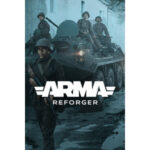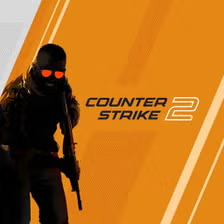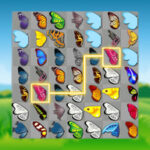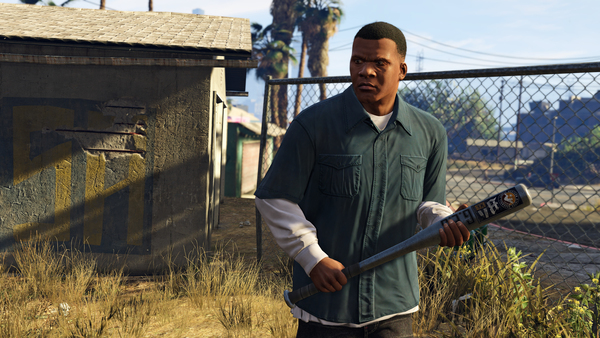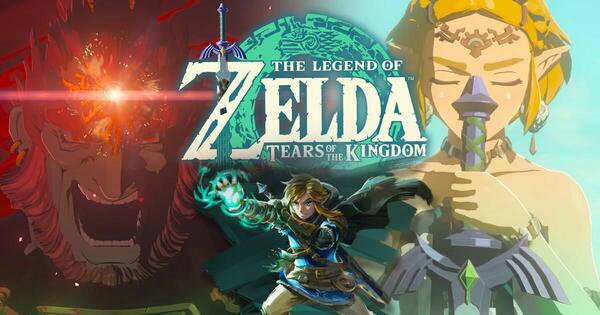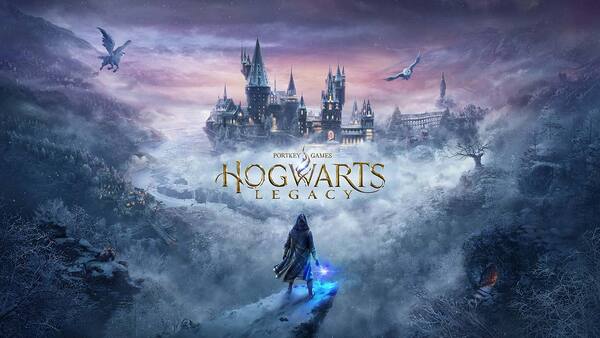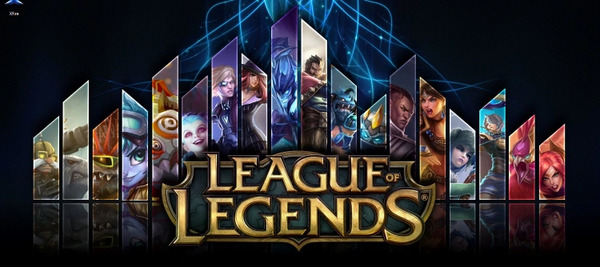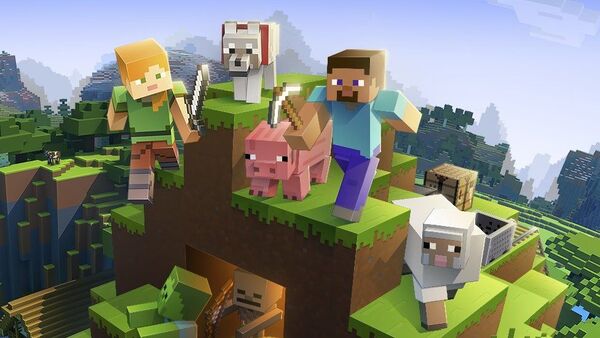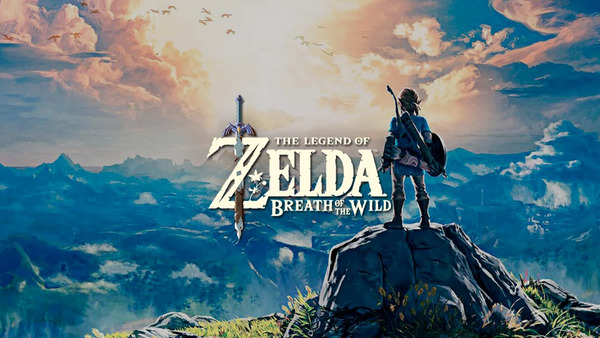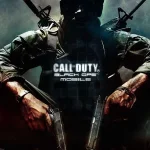1. The Launch and Development of Kalahari
Origins and Release Timeline
Kalahari was introduced in Garena Free Fire in 2018, shortly after the original Bermuda map. It was developed to provide a fresh and different gameplay experience by featuring a desert environment inspired by the real Kalahari Desert in Africa. The map launch was part of Garena’s strategy to diversify gameplay options and keep the community engaged with new challenges.
Design Goals
The creators designed Kalahari with emphasis on open terrain and rugged features to encourage aggressive and tactical play. Unlike Bermuda, which includes more urban areas, Kalahari focuses on wide desert plains, rocky hills, and scattered ruins. This setting changes how players approach movement, cover, and combat engagements.
2. The Geography and Environment of Kalahari
Expansive Desert Landscape
Kalahari is characterized by a sprawling desert environment with sandy dunes, rocky cliffs, and sparse vegetation. The vast openness offers long lines of sight and promotes long range firefights. The visual design uses warm colors and realistic lighting to immerse players in the arid setting.
Key Locations
Several key areas on Kalahari shape gameplay dynamics. These include the Quarry, known for close quarter combat; the Power Plant, offering vantage points and sniping opportunities; and the Train Yard, a loot rich but contested zone. Each location demands different tactics and gear preferences from players.
3. Gameplay Mechanics Specific to Kalahari
Combat Dynamics
Kalahari encourages fast and aggressive combat due to its open layout. Players often encounter each other in wide open spaces, leading to intense firefights. Sniper rifles and assault rifles dominate the meta because of their effectiveness at medium to long distances.
Vehicle Importance
Vehicles play a vital role on Kalahari. The large size of the map and the distance between key points make vehicle use essential for quick rotations and escaping the shrinking safe zone. However, vehicles generate noise and make players easy targets, so timing and route planning are critical.
4. Landing Strategies and Early Game Tips
Choosing the Right Landing Spots
Where you land on Kalahari can dictate your early game survival. Popular spots like the Quarry or Train Yard offer abundant loot but also attract many players, increasing early conflict. Alternatively, quieter areas provide safer looting but may leave you under-equipped.
Early Engagement Tactics
Early game on Kalahari rewards players who quickly secure weapons and find cover. Using natural obstacles such as rocks and ruins is essential to avoid being an easy target in the open desert. Aggressive players often try to eliminate opponents swiftly to gain control of loot-rich areas.
5. Weapons and Gear Best Suited for Kalahari
Long Range Weapons
Because of the map’s wide open spaces, sniper rifles like the AWM and M82 are highly effective. Assault rifles such as the M14 and AK47 offer versatility for both medium and long range engagements. These weapons enable players to control sightlines and dominate open areas.
Support Items and Utility
Smoke grenades are valuable for providing cover during movement in exposed areas. Healing items such as medkits and first aid kits are necessary for surviving prolonged fights. Flashbangs and stun grenades can disrupt enemy lines and provide opportunities for aggressive pushes.
6. Advanced Combat Tactics on Kalahari
Positioning and Map Awareness
Success on Kalahari depends on excellent positioning. Players must constantly be aware of the shrinking safe zone and use hills and rocks to gain high ground or cover. Movement must be unpredictable to avoid becoming an easy target in the open.
Team Coordination
For squad play, coordination is essential. Teams that communicate to cover different angles, call out enemy positions, and manage vehicle usage have a distinct advantage. Controlling key areas like the Power Plant can provide strategic dominance.
7. Visuals and Performance on Kalahari
Graphics Quality
Kalahari offers stunning desert visuals that balance realism with performance optimization. The warm hues and environmental effects like sandstorms in special events enhance immersion without taxing mobile hardware excessively.
Game Performance
Garena optimized Kalahari to run smoothly on a wide range of devices, including low end smartphones. This ensures that the map remains accessible to the game’s large global audience without compromising the gameplay experience.
8. Community Feedback and Competitive Usage
Player Reception
The Free Fire community generally praises Kalahari for its unique look and gameplay. Many players enjoy the challenge of long range combat and the need for tactical vehicle use. However, some players feel the openness leads to frustrating deaths from snipers.
Competitive Scene
Kalahari is a staple in many competitive Free Fire tournaments. Its demand for teamwork, map control, and sharp aiming skills makes it popular among professional players. Strategies specific to Kalahari are regularly developed and refined in esports.
9. Challenges and Criticisms of Kalahari
Exposure and Vulnerability
The map’s large open areas make players vulnerable to sniper fire and ambushes, especially newcomers who are unfamiliar with movement and cover strategies. This can be intimidating for casual players.
Loot Distribution
Some players have criticized the uneven distribution of loot, particularly in less popular zones, leading to unbalanced matches. This sometimes causes rushes to certain hotspots, increasing early game chaos.
10. Future Updates and the Road Ahead for Kalahari
Planned Enhancements
Garena regularly updates Kalahari to improve gameplay balance, add new cosmetic elements, and enhance visuals. There is speculation about adding dynamic weather or more interactive terrain features to enrich the player experience.
Sustaining Player Interest
To maintain Kalahari’s popularity, ongoing tweaks and community engagement will be essential. Expanding game modes and integrating seasonal events themed around the desert environment may keep the map fresh and exciting.
Pros and Cons of Garena Free Fire: Kalahari
Pros
-
Unique and immersive desert setting
-
Encourages fast paced and tactical gameplay
-
Varied key locations with distinct tactical demands
-
Vehicles add depth to rotation and strategy
-
Strong presence in competitive gameplay
Cons
-
Open terrain increases vulnerability to snipers
-
Loot distribution can be uneven, affecting balance
-
Not ideal for defensive or stealth playstyles
-
Some players find terrain repetitive after extended play
Garena Free Fire: Kalahari Rating
Category Score out of 10
Visual Appeal 8.5
Gameplay Variety 8.0
Tactical Depth 8.5
Competitive Viability 9.0
Performance and Accessibility 9.0
Overall Score 8.6
Conclusion
Garena Free Fire: Kalahari remains one of the most distinctive and challenging maps in the game’s lineup. Its expansive desert landscape provides a fresh tactical experience focused on open combat, vehicle strategy, and smart positioning. While it may present a steep learning curve for some, Kalahari’s fast paced gameplay and competitive appeal ensure it remains a fan favorite. With continual updates and community support, Kalahari is poised to stay a key battleground in Free Fire’s evolving universe.






